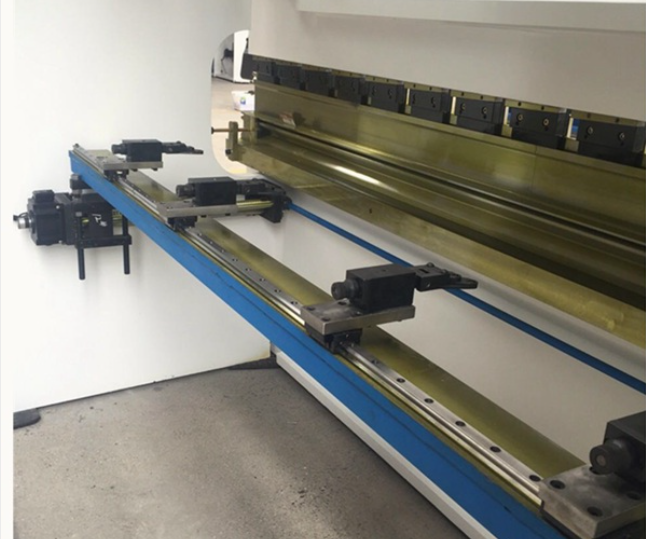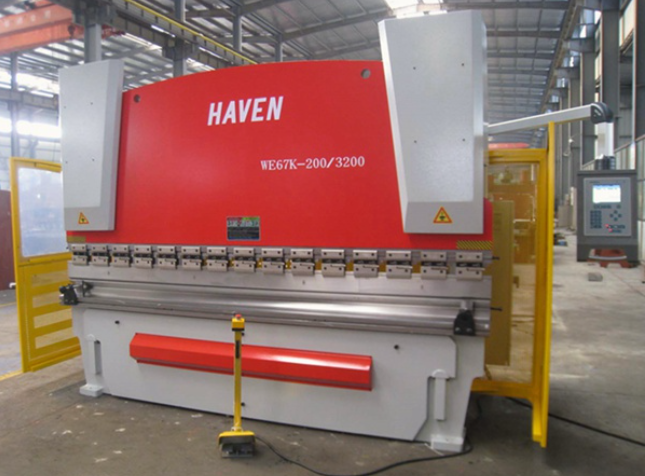Apr. 13, 2022
It is important to understand how a hydraulic bender works before you put it to use. In this article, we will guide you through the bending process and teach you all the things you need to know about this machine.
Before putting the hydraulic bender into service, a thorough machine inspection must be performed. The following is a checklist for the machine operator to follow.
Inspect your hydraulic bender before each use to reduce the risk of serious electrical injuries, collapse accidents, and to avoid damage to the machine.
Remove any blood, grease or dirt from the handles and controls. This will provide better control of the hydraulic bender and prevent the machine or controls from sliding out of the stand during use.
Make sure the power cord and plug are in good condition. If any problems are found during the inspection, do not operate the machine until the problem is resolved.

Feeding material into the bending machine is not very complicated, but there are a few things to keep in mind. Here, we have divided the feeding process into 5 steps. Following these steps will ensure successful operation.
Make sure the machine and work area are set up correctly and free of bystanders and distractions. The on/off switch should initially be in the off position. If necessary, mark the tube in the proper position for bending and open the upper frame.
Place the pipe in the frame and place supports under the pipe to hold it in the correct bent position if needed. Support the pipe properly to prevent the pipe and hydraulic bender from tipping over during use.
Finally, close the frame and insert the support pins into the corners through the frame wings. Align the corner supports so that the zero mark on the angle indicator is aligned with the mark on the top wing. The open-wing bender does not have an angle indicator. Make sure the pin is fully inserted into the lower blade and that the machine and pipe are stable.
Once the hydraulic bender is up and running, there's not much more the operator can do. However, there are some important safety precautions to take.
Stand next to the cylinder on the same side as the release knob. Do not reach over the bender while it is running. What the operator is doing here is supporting the pipe as the machine bends.
Make sure the end of the pipe extends out of the corner bracket enough to prevent the pipe from sliding during bending. Stay away from moving pipes.
Observe the extension of the ram. If small grooves can be seen in the cylinder, stop the cylinder from moving to prevent hydraulic leakage and damage to the cylinder
To get the best results from the bending process, there are a number of other factors to consider in addition to the safety baseline.
Some pipe sizes require ram extension to create a 90 degree bend. Stop moving the groove in the actuator when it is visible.
Make sure the pipe is properly supported to prevent it from moving or falling out. Turn the machine's release knob to the retracted position, then retract the actuator far enough to allow insertion of the extensions.
Stop moving the ram when the desired degree of bend is reached. Do not attempt to make a bend greater than 90 degrees. This may cause kinking of the pipe or other problems.
After turning the bend, move the power switch of the hydraulic pipe bender to the OFF position. Retract the actuator by turning the release knob to the retracted position, then remove the pipe from the hydraulic bender.

CNC Hydraulic Press Brake Machine WE67K-300/3200
Hydraulic pipe benders have a wide range of applications such as handrails, handrail elbows, wall returns, furniture frames, anti-roll frames, etc. In addition to these manual hydraulic pipe benders, there are also high-end CNC pipe benders. They can handle the production of tubes and pipes that require tight tolerances and precision. They are also more efficient when dealing with challenging materials.
Ultimately, choosing the right bender for your shop is a matter of budget, application and requirements. CNC machines are more powerful, but cost more. Manual bending machines, on the other hand, cost less but do not meet the high precision and quality requirements. They are, however, reliable for small-scale production and easier to maintain.
HAVEN is an experienced manufacturer of tube bending machines, please feel free to contact us and we will provide the best solution for your business!
Navigation
Categories
Get in Touch
Service Hotline
+86 029-82697808
Address
Ruisen-Yunfeng Building, No.29 Nanerhuan East Road, Xi'An 710054 Shaanxi Province, China.